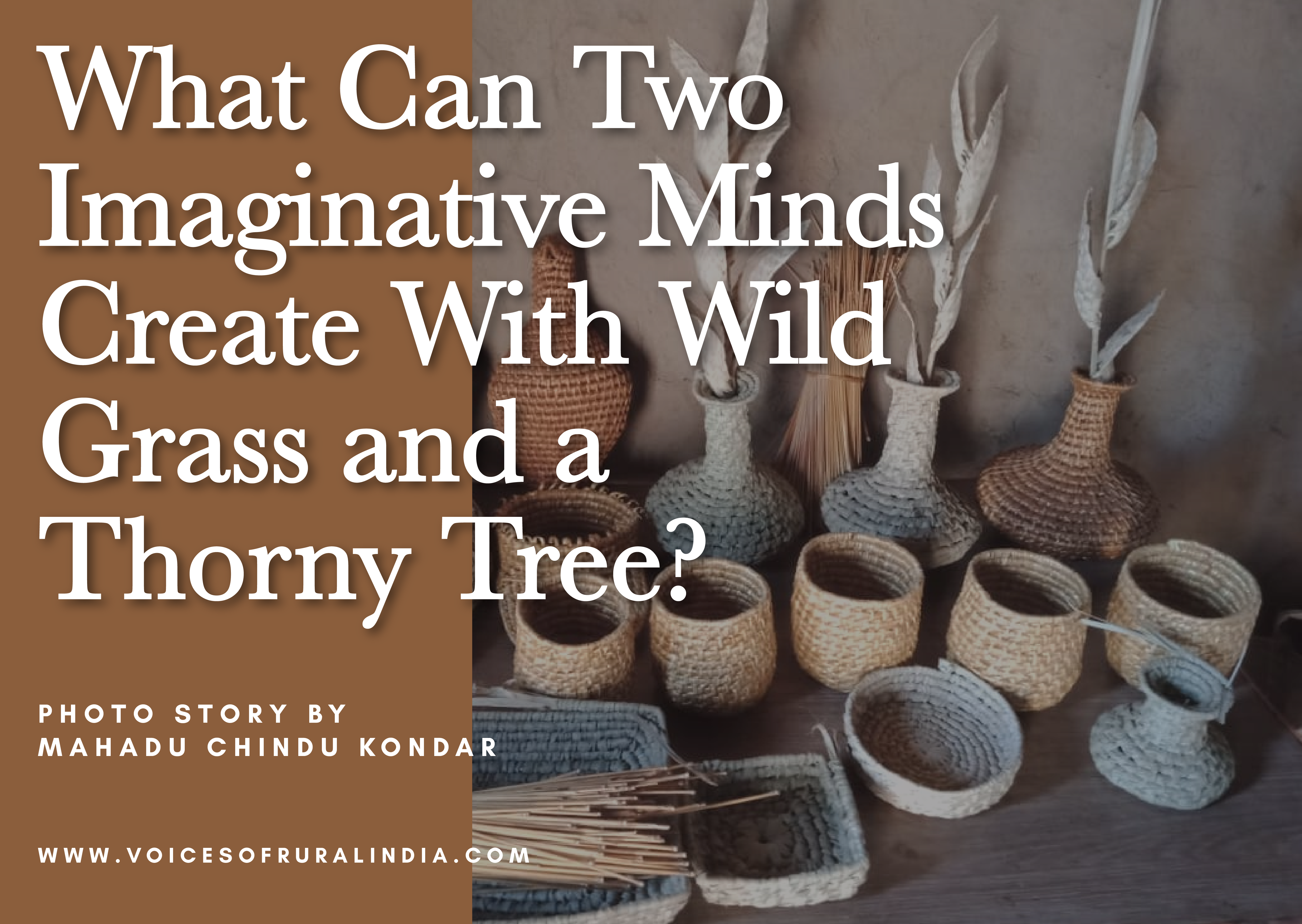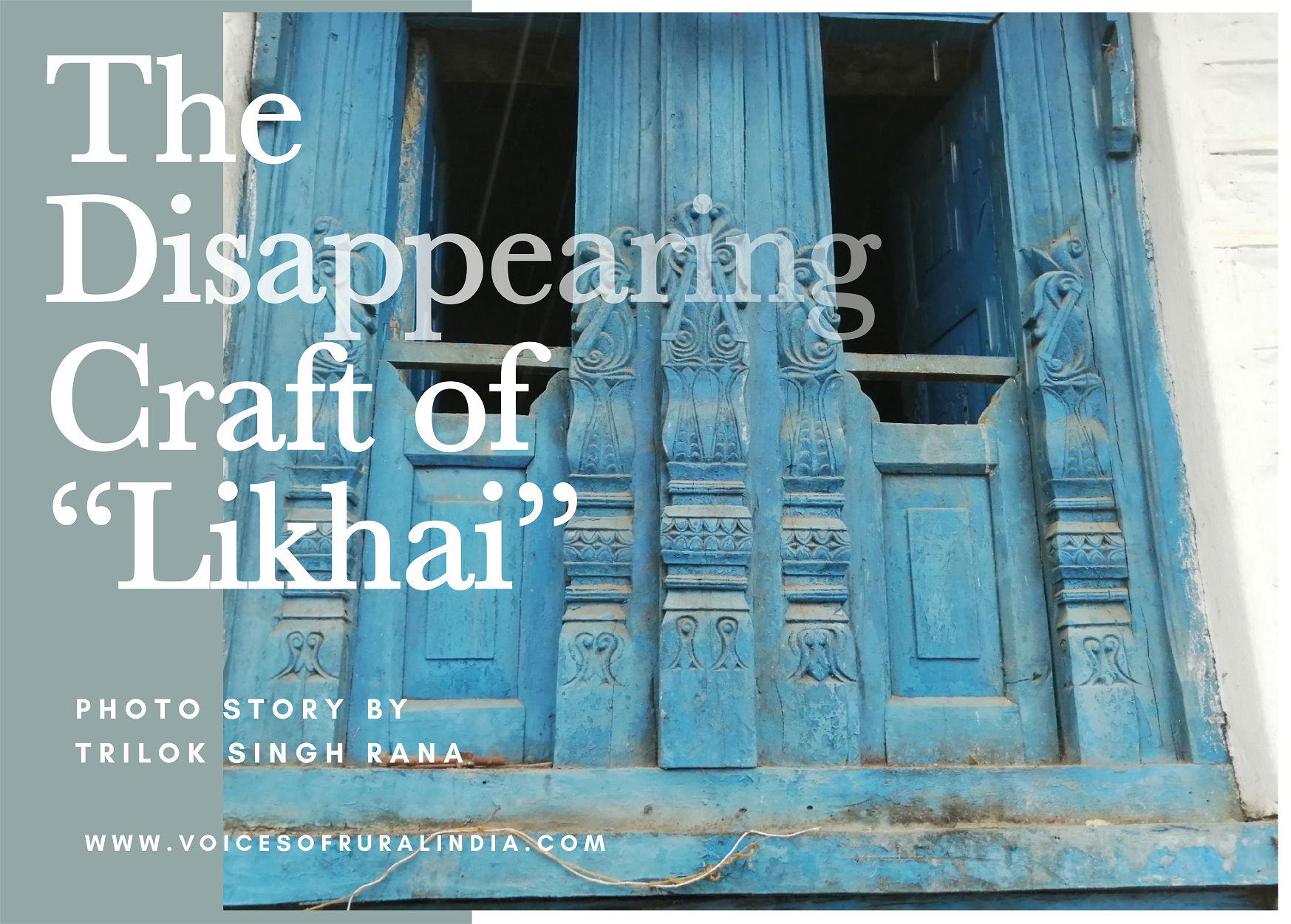.jpg)
Two packed and peaceful days luxuriating at the Earth Villa in the Sunderbans
A launch is moving leisurely down the peaceful, sunlit waterways of the Sunderban mangrove forests. On the mudflats, mangrove roots are gnarled into impossible shapes or pushing up erect, like armies of sticks marching into the water. Flashes of blue, copper, black, white or red resolve themselves into birds swooping and darting over the flats or skimming the water. Suddenly, a muted cry goes up from the launch–a tiger! There it is, the king of the forest, lolling in the mud in the midday shade, and regally ignoring the boat that is slowing down.
The driver moves towards the shore to appease his passengers, and a mud bank below the water catches him unawares. The launch is now stuck, with the tiger looking straight at it. Desperate efforts are being made to pole backwards, but the boat is heavy, and the earth sticky and soft. The tiger gets up, shakes off the mud and starts padding, slowly and deliberately, towards the launch. It comes to the water’s edge, and wades in. Then, locating a place for leverage, it springs, unfurling the muscular power of a Royal Bengal tiger in the wild, reaching for purchase on the prow of the boat with the stunned people on it. Thankfully, fate decides to intervene at this moment, and a combination of poling and reverse gear pulls the launch back just the right distance to free it. The tiger falls into the water, and wades back to land because the launch is now moving away.
The local guide from village Bali No. 9 was making a point with this story. “People come here to see a tiger, and they put pressure on us to show them one. But here we believe that the tiger can see you anyway if you are in the forest; it knows that you are there. Being able to see it is not good for you–it is a tiger, its nature is to be savage and wild. There are so many other things to see here.” In this he is absolutely right, two days in the Sunderbans can be utterly packed, and very peaceful, with not a tiger in sight.

I had travelled by road from Kolkata to Godkhali, and from there by launch to the island of Bali, which is separated by the Gumdi channel from the 4,264 sq km Sunderbans National Park. Land areas of the forest are forbidden to visitors, and the netting maintained by the forest department that marks areas facing villages is visible along the left bank. The guide says that the net is maintained even where villages are separated from the forest by miles of running water. The island of Bali is one such area.
Bali was severely affected by cyclone Aila in 2009, when the saline river broke through the embankments and devastated the island. A walk through the island made it clear that the after-effects are far from over. White stains on the ground show that the land is still sweating salt, and agriculture is clearly unviable–the number of goats, sheep and chicken we saw bear testimony to the restructuring of livelihoods in progress. Women on the island are still rebuilding wattle and daub homes, patting a combination of mud, straw and cowdung on to bamboo frames. This time, though, the houses are at a higher level so that they will be spared if disaster comes again.

Earth Villa, our base at the Sunderbans, is built from a house that was partially destroyed by the cyclone. Now the roof sits spread out and low, like a bird that has hunkered down and lowered her wings to the ground, to ride out high winds. The former cowshed has big cushions, low tables and a passionflower creeper in profuse bloom, and the bathroom is a combination of traditional brick floors, mangrove leaves in glass and mosaic.
We hear that the structure used to be a family home, which accounts for the fact that it is meant to accommodate a single family or group. The architect, Bidyut Roy, adapted what was left of the existing structure, and added a bathroom with mod cons. The rooms are cool and dark within, a welcome respite from the soaring mercury outside. The walls are thick, and the windows draped with basic off-white cotton, lacing the summer afternoon with a hazy dreamlike feel. The relief of a bath is enhanced by a lily pond just beyond the bathroom window, adding a real-world Bengal Monet to the peace of the landscape.
The original roof, which blew off during Aila, has been replaced with rounded barrel tiling. Terracotta birds are perched at angles on the tiles, silhouetted against the sky. I walk around, and see sacks of the organic rice that has been grown on the property. The grounds of Earth Villa also shelter a mangrove nursery, with little green leaves poking hopefully out of bags, from which they will be transplanted onto mud flats facing the water. These mangroves, I am told, constitute a critical first line of defense against storms, and also prevent soil erosion. The roots shelter crabs and form a safe place for small fish. They are therefore critical to the delicate ecological balance of the area.

Help Tourism, which built and runs the well-tended Earth Villa, aims to help community rehabilitation efforts on Bali. I am told that the women of the village have been trained to do housekeeping for the two properties on the island (the other being the Sunderbans Jungle Camp, also run by Help Tourism), and that shifts are rotated in such a way that every woman has paid work for part of the year.
“Do you want honey?” asks Nandu of Help Tourism, “Kholshay flower honey is being harvested right now.” Of course, I want to taste the famous Sunderbans honey, so we stroll to a small farm where Laltu and Babla, who migrate across Bengal with the honey seasons, are working with the bee boxes. The queen bee is confined to a box, but the smaller worker bees are allowed to move through a net. They fly across the Gumdi khal (creek, although this one is over two kilometres wide at high tide), and return with pollen from the kholshay flowers, which bloom at this time of the year in the forest. The honey is translucent like lemon tea and not very much more viscous. Its flavour on the tongue is rich and layered, but not cloying, and somewhere in the meld of sweet luscious organic smells is fresh cut grass. Forest honey is better, says Laltu, because it is harvested from combs in the wild, some of which stretch between trees and are five to six feet wide, but this, he grins, is pretty good too.

We visited during Panchamdol, a period of local celebration. A haat (market) visit is mandatory at such a time. We go by engine van, a motorized version of the van rickshaw in use across rural Bengal. I hear that the local sojnedaata (drumstick) is well regarded, but all the vegetables seem to be glowing with goodness to my jaded city eyes. Multi-hued mosquito netting is in demand, as is the man advertising ‘Maa Maria Haansh-Murgi Quick Tel’ (Maa Maria duck and hen quick oil). The engine van takes us back to Earth Villa, where we are greeted with a delicious dinner featuring their homegrown high-fibre rice, masoor daal with kaffir lime leaf, a light bhekti curry and sweet tomato chutney. The fish is so fresh, and the gravy so light and lovely that I eat way too much.

We are on the launch at 6.30 the next morning. First, a sojourn to Sajnekhali, to get permission for the launch to enter the reserved area from the forest authorities there. There is a cool breeze on the open water, and fishing boats are letting down nets, or travelling upriver with the early morning’s catch. Mudflats glisten in the sun, broken only by the roots of mangrove and a variety of birds sunning themselves and looking for food. We see a great and a lesser egret, the latter resplendent with an elegant long black beak, glowing white feathers and black stockings for feet. A noisy collared kingfisher seeks attention, but swoops disdainfully into the forest just as cameras are focused. A black-capped kingfisher poses on a mangrove root. A group of whimbrel prompts the guide to tell us that the delicately balanced ecology of the area must be awry, since the whimbrel used to be seen in this part of the world only in winter, but is now here almost all year.

At Sajnekhali, we climb the watchtower to see the spot from which a sick tiger has been recently picked up for treatment. I learn that the procedure for this is fairly rigorous. Any unwell tiger is kept in absolute seclusion so as to minimally impair its wild instincts. According to the National Tiger Conservation Authority, three vets have to certify it as healthy before it can be relocated to an enclosure in the forest. The six-month rehabilitation period includes providing live prey, in order to re-hone the animal’s wild instincts. Only after this is it released into the wild. The place, we are told categorically, is a hospital, not a zoo. Fees paid and papers filled, we return to the launch and head into the creeks and streams of the reserved forest area. But, first, a welcome repast on the launch–luchi, aloo’r dom, boiled eggs, fruit and fresh honey.
The afternoon forest is serene as we float by. Beyond the layer of greenery fronting the river is a world unlike anything I have seen before. Light and shade play across rich loamy earth, beautiful groves of mangrove with spotted deer gazing, and the roots that coil and weave, making bizarre shapes in the play of shadow and light. Birds seem fearless in the forest area, and we see cormorants, several lesser adjutant storks and three kinds of kingfishers on the flats, withbrahminy kites soaring overhead.

At Dobanki watchtower, I bring out the binoculars in time to see a tiny green bee-eater, and the iridescent detail on the outspread wings of a preening lesser adjutant stork. A large water monitor lizard appears too close through my binoculars, and I put them down, a little overwhelmed by its semi-slithery reptilian charm. A deer brings her young to drink water at the tank, and I pick up the binoculars again. But jowar is due, so we head out of Dobanki and back through the meandering channels which now look very different. The incoming vastness of the green sea has swallowed the mud flats entirely, and pushed the brown river water to the sides of the channels. The golden evening sun sparkles on green and brown waves, across the seemingly limitless expanse of river that is jowar in the Sunderbans.
The goddess of all of this land is BonBibi, whose vahan is the tiger god Dakhin Rai. She and her brother, Shah Jongoli, protect Hindu and Muslim alike when they venture into the forest to gather honey, wood or fish. The complete cycle of the Bonbibi theatre is almost six hours long, but we are treated to an abbreviated version at the Sunderbans Jungle Camp.

This traditional theatre of the Sunderbans presents a thrilling story, complete with betrayal, human sacrifice and warring gods, but it basically speaks of the ecological balance that is necessary for the mutual survival of man and beast. The balance is depicted as fragile, and easily disrupted, but essential for the life of the forest.
Its actors were members of the local community, some of whom I had met the previous day, now spectacularly altered for the stage. The performance was both fascinating and skilled, and said some very important things about the relationship between nature and human beings, lessons learnt over centuries of living with the wild just across the water. I can think of no better way to conclude a visit to the beautiful forests.

The next morning, after a breakfast of pancakes, honey and fresh fruit, we regretfully took a launch from the jetty of the island, and headed back to the urban grit of Kolkata.
THE INFORMATION
Getting There
A car journey from Kolkata through Bantala, Malancha and Sonakhali to Godkhali (119km) takes about 3hrs. A launch will take you from Godkhali, through the channels Bidya, Durgaduani and Gumdi to Bali. This trip takes 1hr30min against the tide, and 50min with it. Two-way launch transfers (Godkhali-Bali-Godkhali) are about ₹7,000 per launch.

Getting Around
A launch safari, including permits, is about ₹4,600 per boat per day. Guide fees is about ₹1,000 per day. The Bonbibi theatre, a country boat ride and engine van rides are priced separately.
Where to Stay
Earth Villa is a property of Help Tourism, which also owns the nearby Sunderbans Jungle Camp. Earth Villa offers accommodation for a maximum of 6-7 guests in one party, over two interconnected rooms with a modern bathroom. A 2N stay for 2 people, inclusive of food, is ₹20,000. The same stay for 5-6 people is ₹25,000 (033-24550917). Sunderbans Jungle Camp offers 6 bungalows (₹22,100 for 1 person for 1N, ₹11,400 per person per night for 2 people, all inclusive. Packages vary with size of group; 9733999442, helptourism.com).
Tips
Dress in earthen colours that blend with the environment. Do not wear any perfume, as bees are attracted to such smells. Do not make loud noises when sighting wildlife. Carry binoculars, a torch and mosquito repellent.






